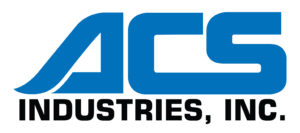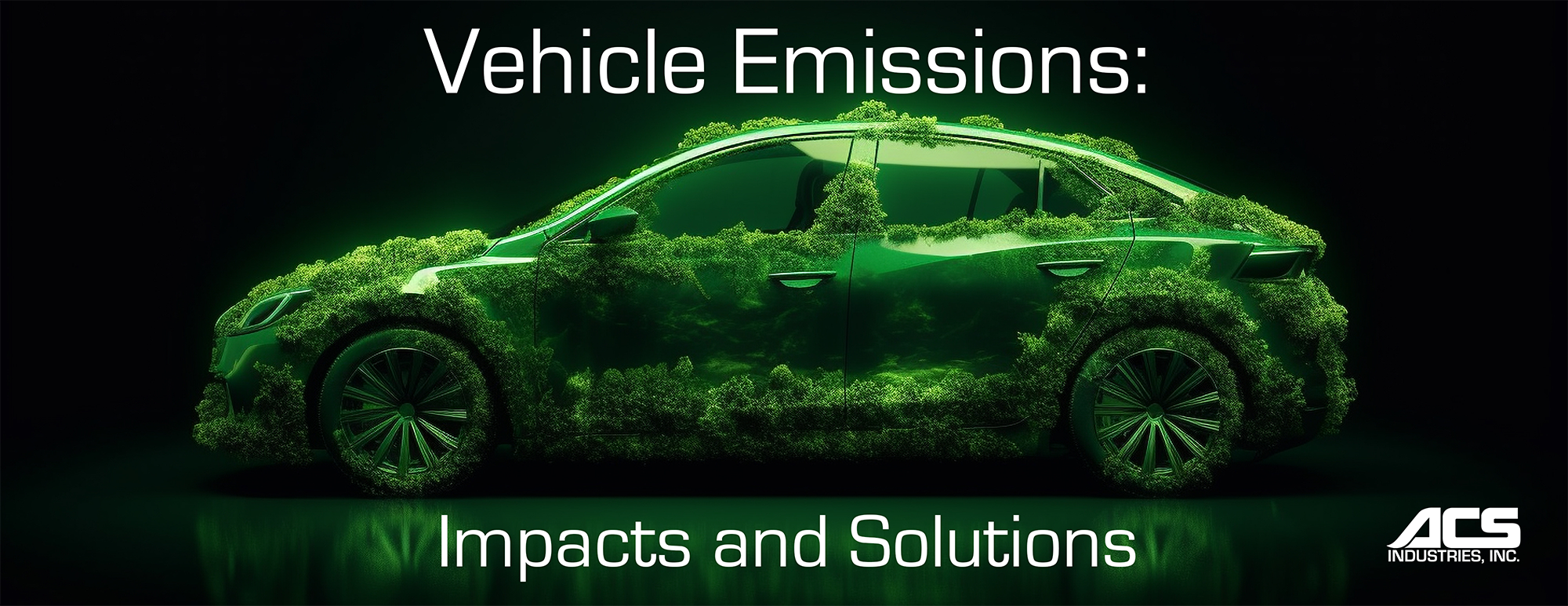Vehicle Emissions: Impacts and Solutions
Vehicle emissions have long been known to be a significant factor in global warming. Car and truck exhaust account for 20% of overall greenhouse gas emissions in the US (2) and the transportation industry as a whole, including cars, trucks, planes, ships, and freight vehicles, accounts for 30% of US GHG emissions (3).
A standard gasoline combustion engine vehicle produces 24 pounds of carbon dioxide and GHG’s for every gallon of gas used. Five pounds of this total can be attributed to the fuel supply chain from extraction to delivery, but as much as 19 pounds of harmful biproduct are emitted directly from a car’s tailpipe for each gallon of gas combusted (3).
Exposure to these gases can have detrimental impacts to human health, causing asthma, respiratory illness, and more, while also delivering myriad damaging environmental effects. Vehicle emissions contribute to the production of ground-level ozone which can harm crops, and other vegetation, while also producing acid rain that impacts soil, lakes, and streams, and livestock (1). Additional emissions-related maladies can come in the form of emitted nitrous oxide contributing to the depletion of the ozone layer and oil and fuel spills wreaking havoc on the soil (4).
There are some ways that drivers can limit their personal emissions and lessen their individual carbon footprint. Drivers could buy more fuel-efficient vehicles, opt for public transportation, work from home some days, attend events digitally, buy local goods to minimize associated transport distances, or they could opt to cycle or walk on shorter trips (2). These personal measures are effective to a degree, but we will not reach our net-zero goals as a society without more systemic changes in the transportation industry. A higher percentage of electric cars and cleaner-fuel engines on the roads will be pivotal but it is also possible to greatly reduce the environmental cost of gasoline and diesel burning engines through emissions regulation.
The Diesel Emissions Reduction Act program DERA was created under the Energy Policing Act of 2005 and gave the EPA power to promote and subsidize diesel emission reduction with up to $200 million per year (1). These funds have been helping to develop technologies like SCR systems in diesel engines.
SCR is an active emissions control system. Hot exhaust gases flow out of the engine and into the SCR system where urea is sprayed onto a special catalyst. The urea mixture, or Diesel Exhaust Fluid sets off a chemical reaction in the exhaust that converts nitrogen oxides into nitrogen, water, and tiny amounts of carbon dioxide which are all natural components of the air we breathe. The exhaust also passes through a particulate filter somewhere in the system before being expelled through the tailpipe.
SCR technology is one of the most cost-effective and fuel-efficient technologies available to help virtually eliminate emissions from diesel engines. Since 2011, all heavy-duty diesel truck engines utilize SCR technology to comply with the latest EPA emissions standards. SCR can reduce NOx emissions up to 90% while simultaneously reducing HC and CO emissions by 50-90%, and PM emissions by 30-50% (6).
The high efficiency of SCR systems in reducing NOx emissions allows manufacturers to balance engine performance and maximize fuel economy, while still achieving near zero emissions. Some SCR-equipped heavy-duty commercial truck operators report fuel economy gains of more than 4% (6).
Another technology that has also been growing in popularity and implementation is the EGR, or exhaust gas recirculation system. These systems employ a valve at the end of the exhaust pipe that recirculates a carefully planned and monitored amount of exhaust back into the engine’s intake system which effectively lessens the amount of oxygen in the system, lowering the temperature in the combustion chamber, and greatly reducing NOx production. EGR systems are available for both diesel and gasoline engines, with variants in filtration, and valve types (5). In contrast to SCR systems, EGR produces cleaner emissions at the expense of some fuel efficiency.
ACS offers sintered mesh urea mixers, particulate filters, retainer rings and other components of SCR and EGR systems as well as a large array of additional hot and cold-end exhaust system components. Reach out to ACS today for more information on how we can help you develop a cutting-edge emissions control system, or simply to find a more cost-effective and dependable supply of components for your existing system.
We are committed to putting our expertise to use in ushering in a greener future for industry. Our decades of experience designing and manufacturing emissions control systems are now complimented by a growing line of green energy products which include many hydrogen electrolyzer components and assembly options as well as components for flow batteries, and other growing green energy technologies. Our world-class R&D team is continually researching ways in which we can improve our product offerings and improve our impact on the natural world. We hope that you will join us in this commitment.
Citations:
- https://www.epa.gov/dera/learn-about-impacts-diesel-exhaust-and-diesel-emissions-reduction-act-dera
- https://greenly.earth/en-us/blog/ecology-news/vehicle-emissions-whats-the-impact-on-the-planet
- https://www.ucsusa.org/resources/car-emissions-global-warming
- https://sciencing.com/effects-car-pollutants-environment-23581.html
- https://www.delphiautoparts.com/resource-center/article/the-basics-of-egrs—what-they-do-how-they-work-how-to-troubleshoot#how-it-works
- https://dieselforum.org/selective-catalytic-reduction-scr#:~:text=The%20high%20efficiency%20of%20SCR,gains%20of%20more%20than%204%25.

